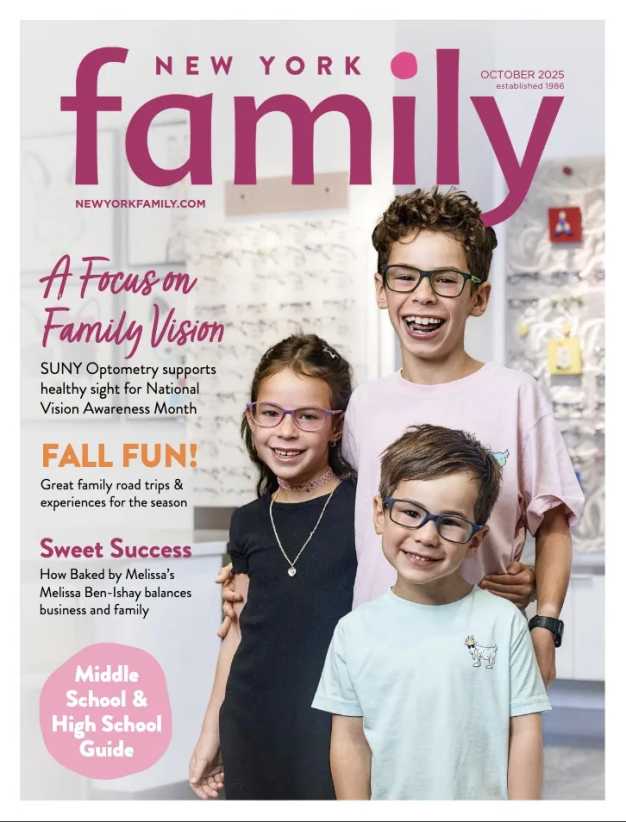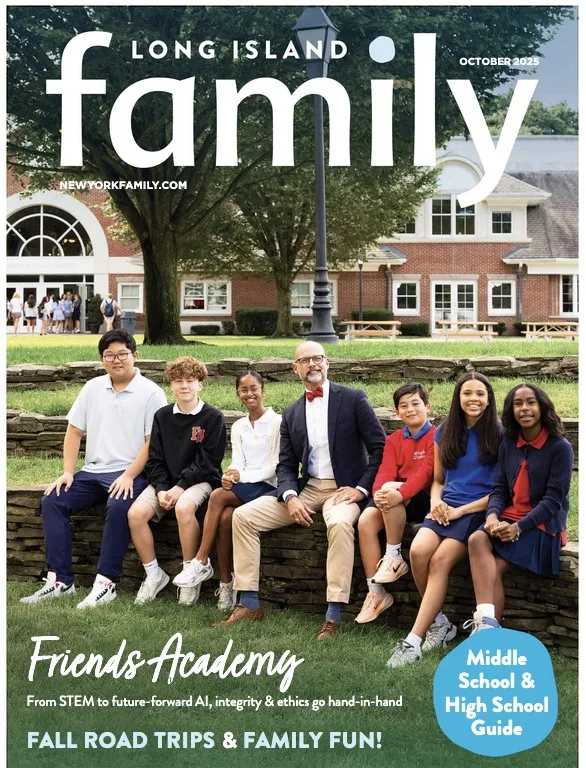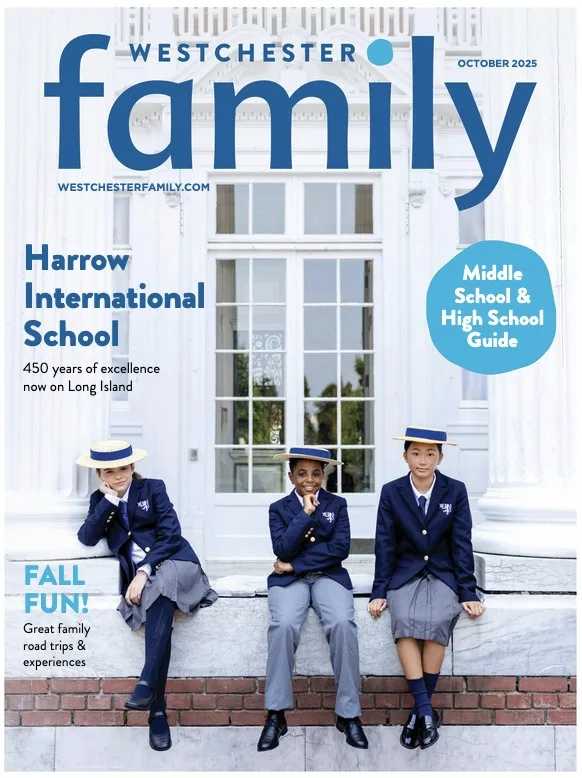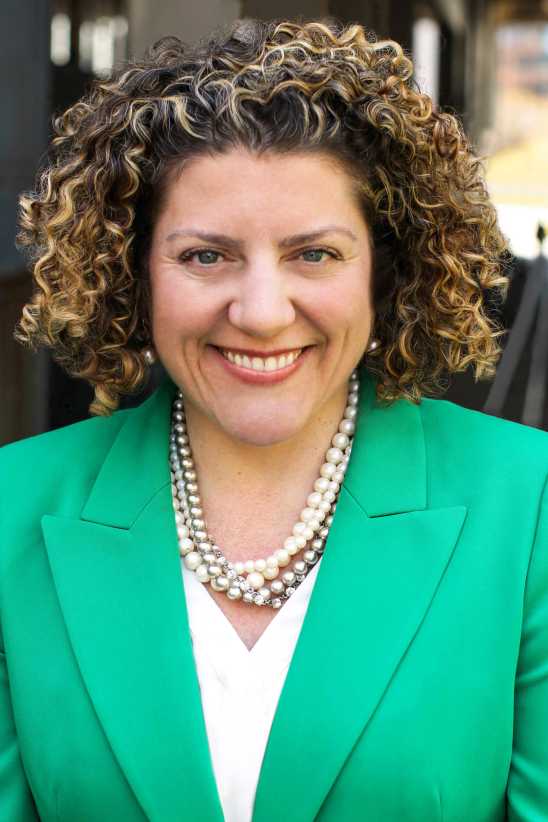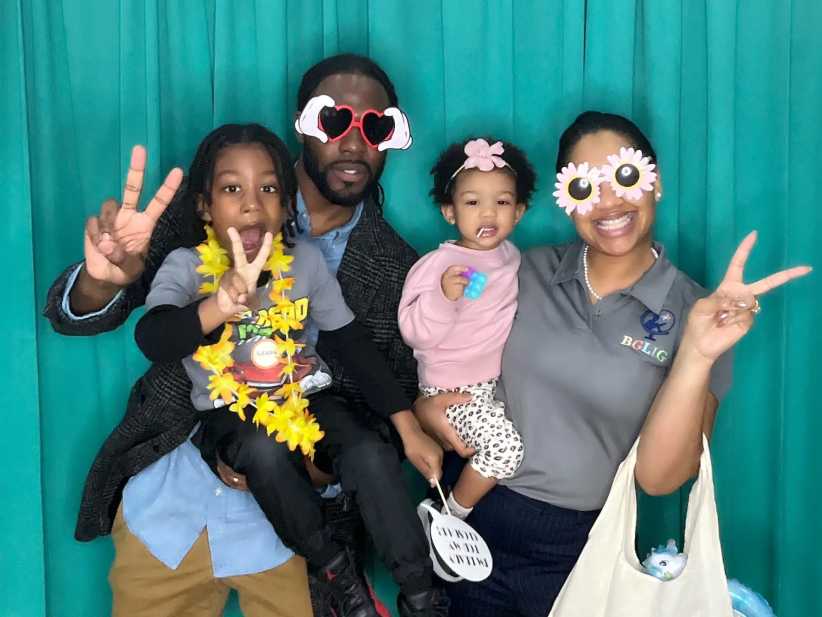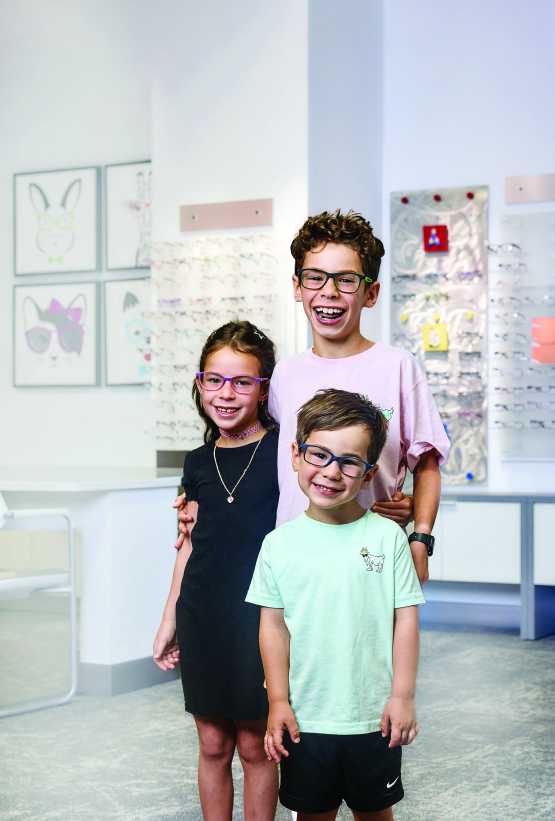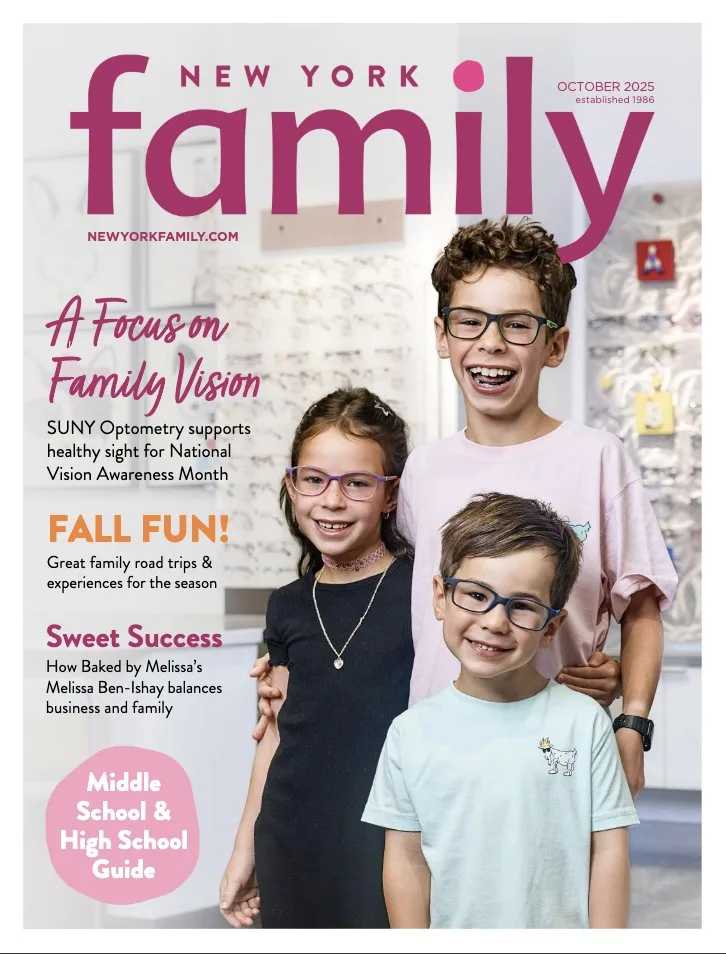
The first thing that Dr. Maria Palandra, the principal of La Scuola d’Italia Guglielmo Marconi, wants people to know about her school is that, despite what its name might suggest, it’s actually not an Italian school, but rather a bilingual international school—more specifically, it’s an Italian-American bilingual and bicultural school for grades pre-K through 12. In addition to exceptional language skills, it offers students excellent general academics and helps them develop a well-rounded understanding of the modern world. And the second thing you should know? La Scuola has some big and exciting changes in store this year.
Founded by a group of local Italian professors, bankers, and intellectual thinkers in 1977, La Scuola was initially conceived as a high school for the children of Italian expats. Through a number of evolutions—the student body now includes about one third each of expat Italians, Italian-Americans, and Italophile American families—the school added its elementary, middle, and preschool divisions, and is currently (until June) housed between two locations on the Upper East Side. To accommodate its growth, La Scuola’s biggest step yet comes in the form of a 14-floor, 102,000 square-ft building located at 432 West 58th Street (near Columbus Circle) that the school purchased last year from the Mount Sinai Health System. Slated for a September opening, the new building will consolidate La Scuola’s two existing locations and accommodate up to 700 students with at least two classes (about 18 students in each class) per grade.
“The new building will have larger classrooms, art and music rooms, [along with] a gym, a cafeteria with a possibility of Anthony Bourdain’s involvement, four outdoor terraces for recreational purposes and environmental growing projects, a 200-seat auditorium, and an event room that can serve as a library and a lecture room,” says Carlo Mantica, the school’s chief operating officer. “The parents will have a bike room and an espresso bar [available to them] in the traditions of Italian hospitality.”
One big goal that La Scuola has for its move to the new building is for the school to be seen more as an Italian-American school and not just an Italian school. Both Mantica and Palandra hope that the school will also become a hub for Italian culture in the city. They plan on doing Italian art exhibits, music shows, and lectures open to the general public with the hope of increasing the percentage of American Italophiles at the school. Plus, afterschool programs will expand to include Saturday and summer programs for language immersion open to the general public. “The Italian tradition has so much to share in terms of culture,” Palandra notes.
In its new home, La Scuola will continue to let its signature educational qualities shine. One such attribute is the school’s insistence on training internationally integrated students who strive for excellence. “The educational mission of the school is to have students with a broader education, students who are prepared to deal with situations in various settings, students who are educated in humanities and sciences, students who are prepared to attend universities in Europe and in the United States, students who know how to work with each other, respect each other, and can appreciate arts and sciences, be well-rounded, and learn both what Italian heritage and American community have to offer,” Palandra says. “Italian tradition is about
the search for perfection and striving for excellency in everything that we produce.”
La Scuola offers students an immersive opportunity to learn the Italian language while studying their core subjects—including history, philosophy, and literature—in Italian. Starting at age 3 and continuing on through high school, students spend half of their day studying subjects in English and half taking courses in Italian. Some students learn Italian as a second language while others learn English as a second language, though the school does not accept non-Italian speaking students beyond grade 6. La Scuola also offers students classes in the French language, starting in grade 6, and Latin starting in grade 9.
When it comes to La Scuola’s vigorous curriculum, the classes taught in Italian all have instructors who are native Italian speakers. So a native Italian will teach Italian history, while a native English speaker will teach American history. The other core subjects taught in English are content classes like math and science. Still, in math, the influence of Italian thinking is felt as the curriculum is based on both Italian math curricula and elements of American Common Core.
Beyond its school walls, La Scuola collaborates with other Italian schools in Europe and Brazil, establishing and cultivating international connections and experiences that ultimately allow its students to be top candidates for colleges in Italy, across Europe, and, of course, in the United States. In terms of classification, because of its international affiliations, La Scuola falls somewhere between a charter school and an independent school. “Italy formally recognizes our school curriculum, but we are chartered by the State of New York,” Palandra explains.
With its youngest students in preschool, La Scuola takes a nurturing approach rooted in the Reggio Emilia philosophy, which favors a learning environment in which children have an active and welcome role in the unfolding of an activity. There are many popular nursery schools across the country that incorporate Reggio principles. The elementary school takes a nurturing approach as well, while providing students with foundational math and literacy, and other building blocks of learning. As children get older and school becomes more academic, La Scuola’s essential goal is to develop well-rounded students who excel at humanities, sciences, math, arts, and theater—or, in other words, Renaissance students.
But the cultivation of its students’ interests and passions does not end with the school’s academics. La Scuola’s students are also introduced to music, arts, sports, and theater with the guidance of many wonderful instructors who are often professionals in their fields. One prominent example, not all that surprising given the school’s Italian roots, is that their students have had the chance to play with some of world’s best soccer stars. At the same time, they attend art exhibits and poetry lectures, and haven even visited an Italian scientist’s lab at Harvard University. Likewise, the afterschool programs for high school students offer a wide variety of activities, including an International Leadership Program taught by an NYU professor.
“We start from the assumption that students are going to be leaders in any career they may choose,” Palandra notes.
To learn more about La Scuola, visit lascuoladitalia.org.
